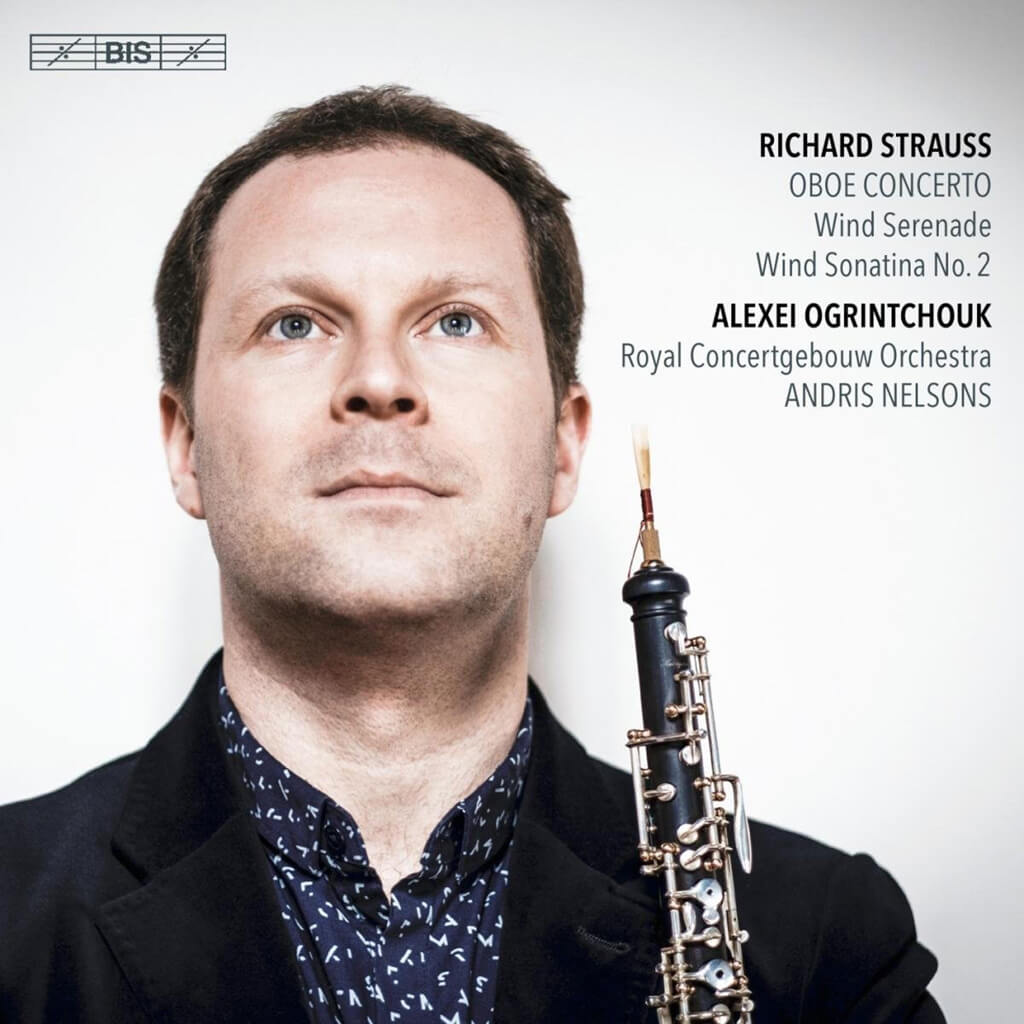
In his later years, Richard Strauss lived the life of a country squire at his villa in Garmisch, Bavaria, a ski town in southern Germany near the Austrian border. One of the most celebrated composers of his time, Strauss had garnered awards of all kinds, enjoyed frequent performances of his music all over the world and made occasional guest conducting appearances, always important events. And yet, all was not well with this aging musical genius.
Strauss had lived through two world wars, both started by Germany and both ending in its ignominious defeat. In the case of WWII, Strauss tried at first to cooperate with the Nazis in order to be able to continue composing, but soon found that impossible. Suffering, penniless and all but abandoned by the end of the war, like so many in Germany, he continued doing what he had done practically every day of his adult life; he sat down at his desk and wrote music.
This new CD celebrates Strauss’ productivity in his last years and reminds us that in his 80s, while not breaking any new ground, he was still writing music of singular beauty.
Sibelius (1865-1957) and Strauss (1864-1949) were almost exact contemporaries and both, though fortunate enough to live very long lives, were also victims of that longevity, overtaken by changing styles and tastes in music. Celebrities on the strength of the masterpieces they had composed early in their careers, each continued to write in much the same late romantic style while the musical world was being transformed by the innovations of Debussy, Ravel, Debussy and Schoenberg. Sibelius, realizing that he could only continue composing in the now “old-fashioned” musical language he had known all his life, ultimately gave up. For the last 25 years of his life he wrote virtually no music at all.
For his part, Strauss had the advantage of living in a world where musical romanticism was still venerated, the world of the great opera houses of Munich, Dresden and Vienna and the conservative tradition of the Vienna Philharmonic. Encouraged to write the kinds of operas he had always written, Strauss was only too happy to oblige. But then, during the war, these opera houses and most others in Germany were bombed to rubble, and even after the war it took years before anything like the pre-war musical life could be restored. Working around these restrictions, Strauss composed instrumental music and songs, the greatest of these last works being the string orchestra piece Metamorphosen and the Four Last Songs.
Strauss’ Oboe Concerto of 1946 has a very interesting genesis. Immediately after the war, Strauss had an unusual visitor in Garmisch, John de Lancie, principal oboist of the Philadelphia Orchestra. De Lancie, at the time a soldier in the U.S. Army involved in the liberation and rebuilding of Germany, asked Strauss to write an oboe concerto. Within a matter of months, Strauss obliged and gave the world one of the few oboe concertos that is now part of the standard repertoire. This new recording features Alexei Ogrintchouk, principal oboist of the Royal Concertgebouw Orchestra, accompanied by colleagues from the RCO and conducted by Andris Nelsons. Ogrintchouk plays with a big sound, faultless technique, and a vast range of expression. Together these musicians give us a performance as detailed and intense as any I have ever heard.
Another product of Strauss’ last years is the Sonatina No. 2 in E flat major for 16 Winds — also known as the Symphony for Winds — one of two such major works for wind ensemble he composed in the 1940s. Like Metamorphosen, these pieces demonstrate not only an astonishing gift for orchestration but also a command of complex counterpoint, which is often overlooked in the programmatic pieces of Strauss’ earlier years.
In works like Don Juan, Till Eulenspiegel, Death and Transfiguration and Don Quixote, Strauss demonstrated a masterly skill in transforming ideas into music. These pieces are also superb examples of a great composer’s ability to combine and develop multiple musical ideas at the same time. Strauss had the same combination of training and talent as Bach, who had set the bar high for this kind of thing, and continued to demonstrate it until the very end of his life.
Sonatina No. 2 is full of wonderful sonorities for different combinations of wind instruments, from small groups to the extraordinarily powerful resonance of the full ensemble. The instrumentation is also idiosyncratic. Strauss extended the range of the clarinet section by adding a rarely-used clarinet in C in the high range and a basset clarinet to go with 2 B flat clarinets and a bass clarinet. Extremely difficult to play, the Sonatina requires remarkable endurance from the players, especially in the first and last movements. The winds of the RCO are among the best in the world and they play gloriously on this recording. While the first movement is a little too fast and unyielding to my mind, elsewhere the players seem more relaxed and more inclined to take the time to bring out the warmth of the music. Alexei Ogrintchouk directs the performance from his first oboe chair.
Music lovers puzzled by the “TrV” catalogue numbers attached to the works on this CD may be interested to know that while Strauss gave opus numbers to some of his works, he gave no numbers to dozens of others. It has been left to scholars to try to assemble a complete catalogue; the most recent (revised 1999) and highly authoritative one — the one using “TrV” numbers — was initiated by the late Franz Trenner and continued by his son Florian.
- SCRUTINY | TSO Lets Berlioz Do The Talking In Season Opener - September 21, 2018
- RECORD KEEPING | Even Yannick Nézet-Séguin Can’t Make Us Love Mozart’s La Clemenza di Tito - September 6, 2018
- RECORD KEEPING | Giovanna d’Arco With Anna Netrebko Explains Why The Best Operas Survive - August 30, 2018



